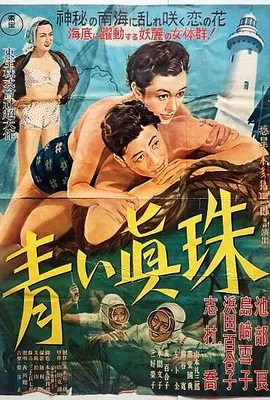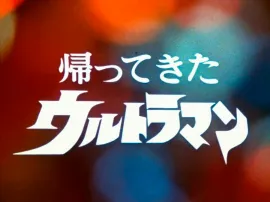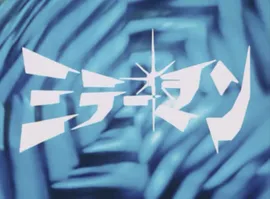Honda Ishirô
Overview
A foundational figure in Japanese cinema, Honda Ishirô is best known as the father of the kaiju genre and the director of the original Godzilla (1954). His films are characterized by a documentary-like realism, humanistic themes, and a deep-seated pacifism born from his own wartime experiences.
Born in Yamagata Prefecture as the son of a Buddhist priest, he studied film at Nihon University, where he met future legendary director Kurosawa Akira. The two formed a lifelong friendship and professional bond. Honda joined PCL (later Toho) in 1933 and trained under Yamamoto Kajirô, but his career was interrupted by World War II. He was drafted three times, serving tours in China and Manchuria and spending time as a prisoner of war. On his return trip home, he passed through the atomic ruin of Hiroshima—an image that would profoundly influence his work.
Honda made his feature directorial debut with The Blue Pearl (1952), but his legacy was cemented with Godzilla (1954). While ostensibly a monster movie, Honda directed it as a somber drama about the terror of nuclear weapons, treating the creature not largely as a spectacle, but as a walking natural disaster. Alongside special effects wizard Tsuburaya Eiji, producer Tanaka Tomoyuki, and composer Ifukube Akira, he forged the template for the Japanese giant monster movie.
He went on to direct many of the genre's classics, including Rodan (1956), The Mysterians (1957), Mothra (1961), and King Kong vs. Godzilla (1962). Despite the fantastical subject matter, he often centered his stories on scientists and journalists—rational figures working for the common good—and consistently wove in themes of international cooperation and anti-nuclear sentiment.
After directing Terror of Mechagodzilla (1975), Honda largely retired from feature filmmaking. However, he returned to the industry in his later years to assist his old friend Kurosawa Akira. He served as a chief assistant and creative consultant on Kurosawa's late masterpieces, including Kagemusha (1980), Ran (1985), and Dreams (1990), where he actually directed the "The Tunnel" segment.
His influence on global cinema is immense. Directors like Guillermo del Toro (Pacific Rim) and Gareth Edwards (Godzilla 2014) have explicitly cited him as a major inspiration. The character "Ishiro Serizawa" in the 2014 Godzilla film is a direct homage to him.
Selected Works





























